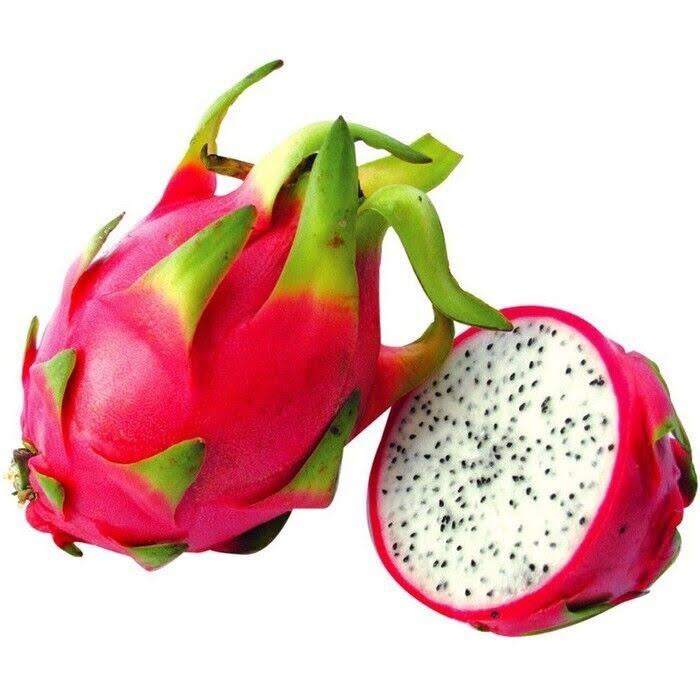By Heidi Bornhorst
Q: Heidi when did dragon fruit come to us here in Hawaii? Seems kinda recent to me but one of my gardening writing friends tells me its been here since the late 1800s.
Pls inform
Mahalo
KD, Kahala
A: Like you, I think it’s recent. I know night blooming cereus, a relative of dragon fruit, has been here for a long time and has an interesting survival at sea/ revival by Horticulture story. So, I did some digging.
Ken Love, one of my go to Fruit experts, informs me that yes, it’s a recent arrival to our shores and gardens.
Love says that Greg Adams brought them from Vietnam in the late 60s or early 70s. Since then others have introduced cultivars from places like Israel.
They are native to Mexico and Central America where we get the common name pitaya. Now widely grown by masterful Horticulturists and entrepreneurial Farmers in Thailand and Vietnam, we are seeing more in Hawaii home gardens and fruit markets.
There are some reports of it getting here early, maybe by that epic plantsman and translator for Alii, Don Francisco de Paula Marin. He brought us our first mango, grapes and Yellow Plumeria, among many other wonderful plants that now enhance our Hawaii gardens.
I think the red fleshed one is gorgeous especially in a mixed fruit platter. To me the white one is more ono but less colorful and pretty. I’m still waiting to try the yellow fruited one.

Scientists call it Hylocereus. H. undatas is the white fleshed one, H. roja is the red fruited one and H. amarilla has yellow flesh. All are in the Cactus family, Cactaceae.
They are fun to grow if you don’t mind thorns. The stalks are heavy and need support on a sturdy trellis or fence. You get more fruit if you hand pollinate.
We always wonder how nutritious our Hawaii grown fruit are and dragon fruit has some great nutrients. It is high in lycopene, as are tomatoes and watermelon. It’s a good source of calcium and iron.
Night-blooming cereus or panini o ka Punahou is a kind of cactus. The most famous planting of it in Hawaii is on the rock wall surrounding Punahou School in Makiki.

The plant, Hylocereus undatus, is from Mexico, where it is called pitahaya. It first landed in Hawaii around 1830 on the brig Ivanhoe, which was carrying plants collected in Mexico. Most of them died and were tossed overboard, and the nearly dead, dried-out cereus cutting looked like a goner, but First Officer Charles Brewer took care of it on the long voyage and planted it in Honolulu.
Dr. Richard Criley of UH Manoa, has been monitoring the night blooming cereus flowering cycles at Punahou school, for about 20 years, and sometimes sees fruit. Maybe young scientists are hand pollinating them. He contends that hand pollination is needed for them to set fruit here in Hawaii.
They set fruit in Mexico where they are naturally bat pollinated. Our native bats are insect eaters and they are rare.
Its thorny stems send out aerial roots from the nodes or sections of stem. You can grow it from cuttings but watch out. It looks innocent at first but as it grows it can take over your rock wall, climb up slopes or trees, or even up your utility poles and lines.
(This happened at my parents’ home and they were without a phone for three weeks! I told my mom to keep it in a pot, but she is too kindhearted and said, “It looked so cute and helpless in the pot.”)







